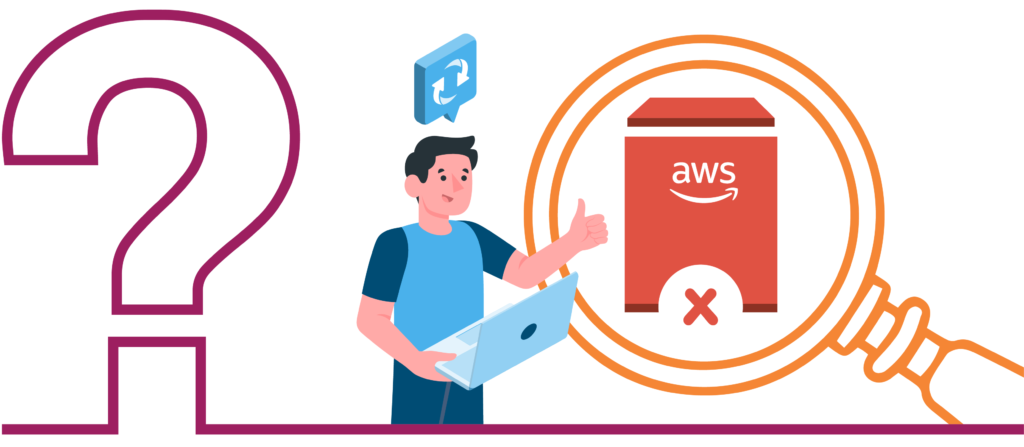Effective cloud cost management is a key priority for companies across all industries. It enables businesses to gain clear understanding, transparency and optimization of all costs associated with cloud infrastructure.
Problem description

Lack of visibility into a volume lifecycle causes extra costs for unused and overlooked resources. For AWS customers unattached Elastic Block Storage (EBS) volumes can become a reason for unexpected charges in an AWS cloud bill. In some cases the lifecycle of EBS volumes persists even if an EC2 instance is terminated. Such unattached EBS volumes in AWS accounts aren’t used but you are still paying for them.
Our recommendations will help you identify overlooked unattached EBS volumes and delete them to optimize cloud costs and prevent underutilized resources.
Recommendations
Step 1
If we want to find all volumes, we should go over all available regions.
Aws cli command:
aws ec2 describe-regions --query "Regions[].RegionName" --output textMore info could be found here:
https://awscli.amazonaws.com/v2/documentation/api/latest/reference/ec2/describe-regions.html
Step 2
For every available region we should go over all volumes and check the current status. If the current status is available, this volume is not attached to any instances.
Aws cli command:
aws ec2 describe-volumes --region "$region" --filters Name=status,Values=available --query 'Volumes[].[VolumeId]' --output textMore info could be found here:
https://docs.aws.amazon.com/cli/latest/reference/ec2/describe-volumes.html
Note
Aws cli has a pagination mechanism for large amounts of data in output. If you have many volumes in a region, the provided script will process only the first page. Consider using something more powerful than aws cli.
As a result one line command:
for region in $(aws ec2 describe-regions --query "Regions[].RegionName" --output text); do for volumeId in $(aws ec2 describe-volumes --region "$region" --filters Name=status,Values=available --query 'Volumes[].[VolumeId]' --output text); do echo "Region: $region VolumeId $volumeId"; done; doneRemainder
This script shows volumes which are not attached to any instances at this moment. It could be a temporary state, and it would be great to check the last attached date before deleting the volume. Unfortunately, aws doesn’t store a history of attachments. In that case you can use the following variants:
- Execute this script twice with one day delay and find volumes which are still not attached after a day.
- If your account has cloud trail logs enabled. You can try to find the last attachment date by this instruction https://aws.amazon.com/ru/premiumsupport/knowledge-center/list-attachments-history-ebs-volume/
- Using third-party tools like OptScale, FinOps and cloud cost management platform, can help you identify unattached EBS volumes and reduce costs in a couple of clicks
Free cloud cost optimization. Lifetime
👆🏻 Storing objects in AWS S3 public buckets could threaten the security of your company data.
💡 Discover the recommendations, which help you manage public access to AWS S3 resources properly and ensure that all required buckets and objects have their public access blocked → https://hystax.com/the-quickest-way-to-get-a-list-of-public-buckets-in-aws-to-enhance-your-security




